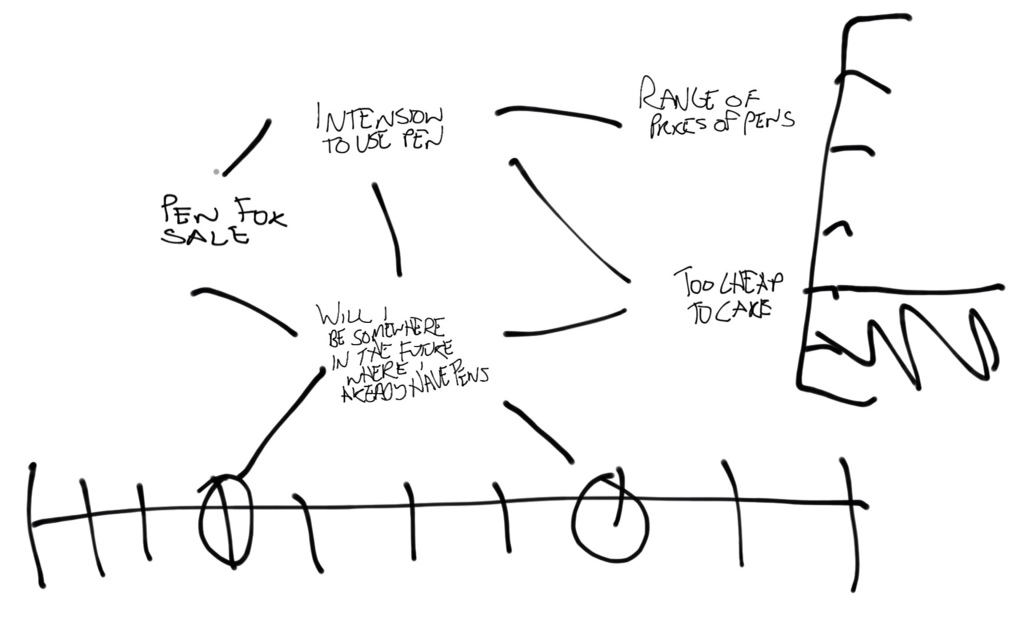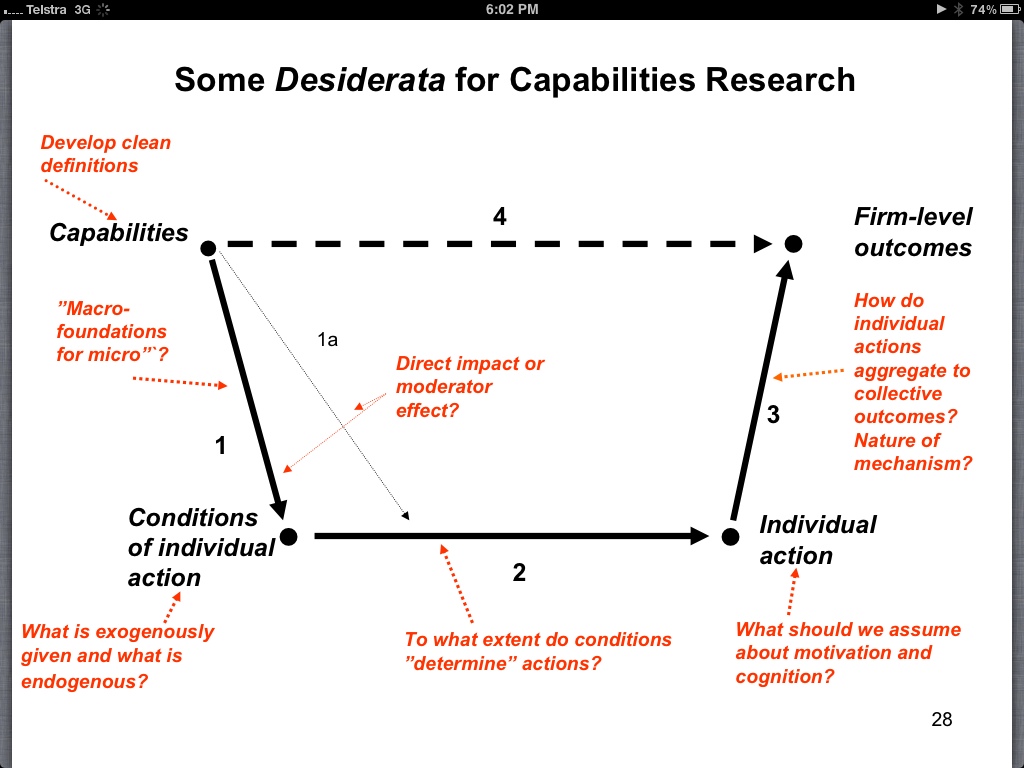For reference this is the Digital Transformation blog at SMS:
http://www.smsmt.com/Social/Blog/Digital-Transformation-Goes-Mainstream
DIGITAL TRANSFORMATION GOES MAINSTREAM
by Matthew de George
The idea of digital transformation is hardly new. We’ve heard about how Internet technologies can disrupt business models for almost as long as there have been Internet technologies – perhaps longer.
We’ve also lived through this long enough to see just as many new Internet startups come tumbling down as we’ve seen old business models crumble. Some 15 years after the Internet went mainstream, we no longer separate the corporate world into the “old” and the “new”, or into the “e” businesses and the “bricks and mortar” businesses.
There is long longer value in dabbling on the edges of digital technologies. Your eBusiness department has now been rolled back into the rest of your business. You manage your digital and mobile channels as part of an overall channel strategy. You may even be considering the “bring your own device” (BYOD) trend in relation to its benefits rather than its risks.
Now that digital transformation has gone mainstream, every business transformation is a digital transformation – and every digital transformation is a business transformation.
The top 5 signs that digital transformation has gone mainstream:
- You’ll never again try to understand your customers without considering they are connected into communities of interest, social networks, and consumer activist networks. You’ve stopped using the language of “putting the customer at the center of everything we do” and understand that your customers are at the center of everything you do.
- You take advantage of the intelligence built into your assets to optimise their utilisation. Inexpensive sensors, transmitters and geo-spatial awareness combined with financial data on the return on assets create a continuous feedback loop to optmise the utilisiation of your assets.
- You understand that “big data” is a paradigm shift (now there’s a phrase that’s almost had its day) that is both simple and fundamental. Big Data asked the question: If you had all the data and all the data processing power you could imagine, what should you do with it?
- You understand how competitive differentiation is maintained through a portfolio of business capabilities that combine people, information, process, and technologies in configurations that are both innovative and hard to replicate. Your strategic planning process is fully integrated with this view of your organisation.
- You understand how a digital core allows you to maintain a dynamic corporate strategy without forgoing deep integration of that strategy into operational business processes.
Once digital transformation goes mainstream it is part of every conversation about your customers, assets, information, capabilities, and strategy. And really, what other conversations are there?

Matthew De George writes this blog for SMS
Consultant





